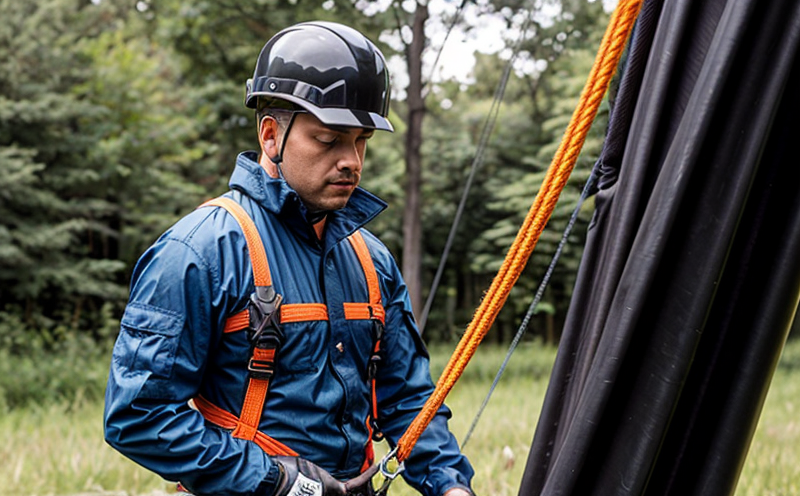Synthetic web sling inspection
In industries where heavy lifting is essential, synthetic web slings play a critical role. These robust and versatile lifting aids are used in construction, manufacturing, warehousing, and many other sectors that require efficient material handling and transport. Ensuring the integrity and safety of these slings is paramount to prevent accidents and costly downtime. This article focuses on the inspection procedures for synthetic web slings, providing a detailed overview of why this test is essential.
The inspection process involves several key steps, including visual examination, dimensional checks, and strength testing. A qualified technician inspects the sling for any visible signs of damage such as cuts, abrasions, or chemical degradation. Dimensional checks ensure that the sling meets original specifications in terms of length and width. Strength testing is conducted using calibrated equipment to verify the sling’s breaking strength.
For synthetic web slings, ISO 8371-2:2009 specifies the dimensional tolerances and physical properties required for these materials. These standards ensure that slings are consistent in quality and performance, which is critical for safety during lifting operations. The inspection process must comply with these international guidelines to guarantee reliability.
Regular inspections not only extend the lifespan of slings but also enhance workplace safety by identifying potential hazards early on. By adhering to stringent testing protocols, businesses can minimize risks associated with synthetic web sling usage and ensure compliance with regulatory requirements.
- Visual inspection for visible damage
- Dimensional checks against original specifications
- Strength testing using calibrated equipment
The importance of these inspections cannot be overstated. A well-maintained synthetic web sling can significantly reduce the risk of accidents and injuries, thereby protecting both employees and assets. Furthermore, compliance with industry standards helps businesses avoid costly fines and legal repercussions.
Why Choose This Test
- Ensures compliance with international standards like ISO 8371-2:2009
- Identifies potential hazards early, enhancing workplace safety
- Promotes longevity and reliability of synthetic web slings
- Avoids costly accidents and injuries
- Maintains regulatory compliance to avoid fines and legal issues
- Reduces downtime associated with equipment failures
Quality and Reliability Assurance
The inspection process for synthetic web slings is a cornerstone of quality management in industries where heavy lifting is critical. By adhering to strict testing protocols, businesses can ensure that their synthetic web slings are reliable and safe for use. This not only enhances workplace safety but also builds trust with clients and stakeholders.
Quality assurance measures include not only inspections but also regular maintenance schedules and training programs for staff. These initiatives contribute significantly to the overall efficiency and productivity of an organization, ensuring that every lift is conducted safely and effectively.
In addition to internal quality control processes, external audits can further reinforce confidence in synthetic web sling performance. Regular audits by independent bodies provide a third-party verification of compliance with international standards and best practices. This transparency fosters trust within the industry and among clients who rely on these materials for their operations.
International Acceptance and Recognition
The inspection procedures for synthetic web slings have gained widespread acceptance across numerous industries worldwide. The use of internationally recognized standards such as ISO 8371-2:2009 ensures that synthetic web slings meet the highest quality benchmarks, which are universally accepted.
Many countries and organizations around the globe recognize these standards for their stringent requirements on dimensional tolerances and physical properties. This international acceptance facilitates seamless trade between different regions and sectors, ensuring a consistent level of safety and performance across borders.
The widespread adoption of these inspection procedures not only enhances global cooperation but also promotes best practices in synthetic web sling usage. By adhering to these internationally recognized standards, businesses can ensure that their operations meet the expectations of diverse stakeholders globally.





